Home>Furniture & Design>Bathroom Accessories>How To Organize Your Medicine Cabinet
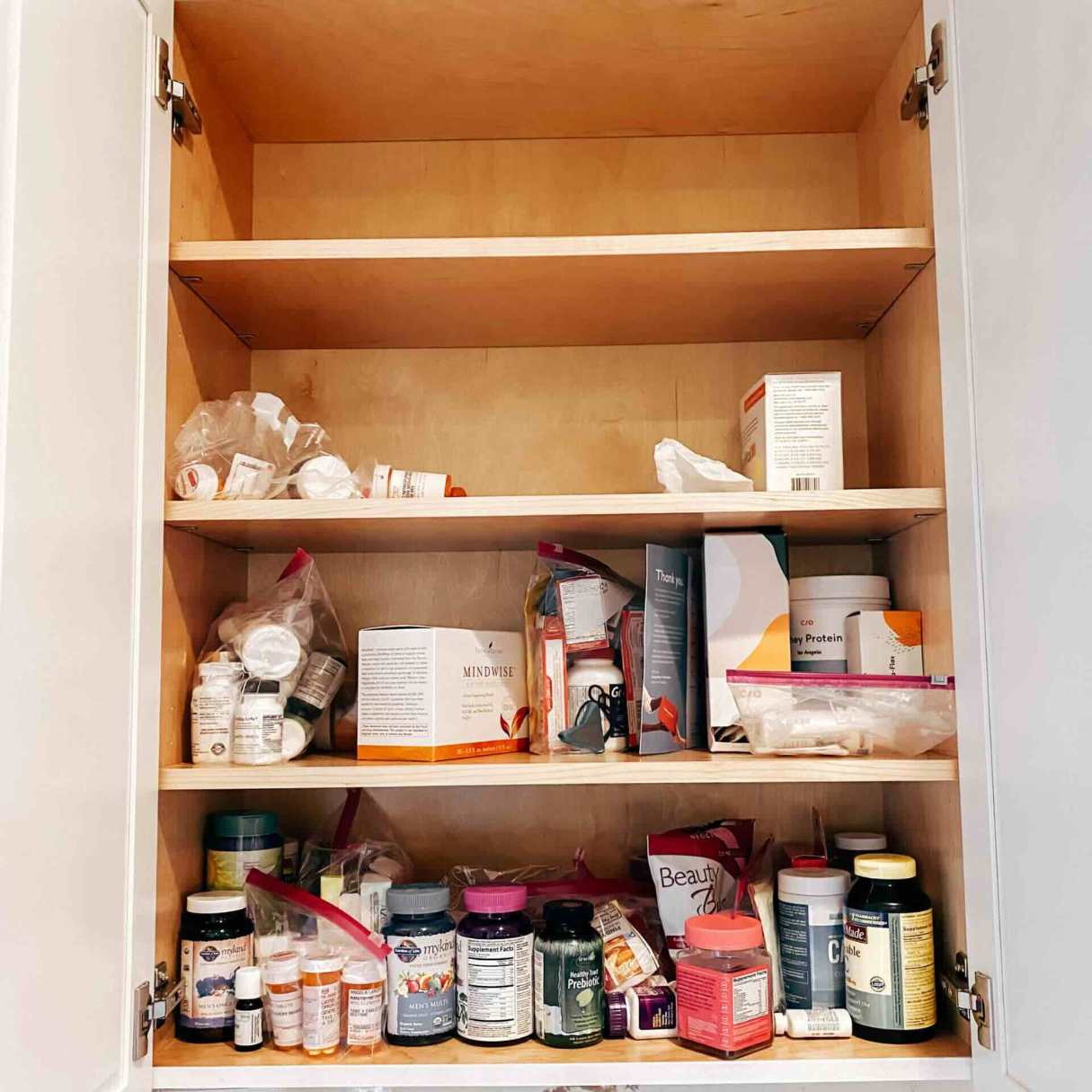

Bathroom Accessories
How To Organize Your Medicine Cabinet
Modified: February 28, 2024
Discover the best tips for organizing your medicine cabinet and bathroom accessories. Create a clutter-free space with our expert organization advice.
(Many of the links in this article redirect to a specific reviewed product. Your purchase of these products through affiliate links helps to generate commission for Storables.com, at no extra cost. Learn more)
Assessing Your Needs
Before diving into the task of organizing your medicine cabinet, it's crucial to assess your specific needs. This initial step sets the foundation for an efficient and tailored organization system that suits your lifestyle and requirements.
Start by taking a comprehensive inventory of all the items currently housed in your medicine cabinet. This includes prescription medications, over-the-counter drugs, first-aid supplies, skincare products, and any other health-related items. As you gather these items, check for expiration dates and dispose of any medications that are no longer safe to use. This process not only declutters your cabinet but also ensures that you're only keeping items that are still effective.
Next, consider the unique needs of your household. If you have children, you may need to allocate space for pediatric medications and child-friendly first-aid supplies. For individuals with chronic health conditions, it's important to designate a separate area for storing daily medications and medical devices. By understanding the specific health needs of your family members, you can create a well-organized cabinet that caters to everyone's requirements.
Furthermore, assess the available space within your medicine cabinet. Determine whether the current layout and storage options adequately accommodate the items you need to store. If space is limited, you may need to get creative with storage solutions to maximize the use of every inch. Conversely, if you have ample space, consider how to best utilize it without overcrowding the cabinet.
Lastly, take into account your daily routine and habits. Do you frequently reach for certain medications or supplies? Are there items that you use less often but still need to keep on hand? Understanding your usage patterns can help you prioritize the placement of items within the cabinet, ensuring that frequently accessed items are easily within reach.
By thoroughly assessing your needs in terms of inventory, household requirements, available space, and usage patterns, you can lay the groundwork for a well-organized and functional medicine cabinet that streamlines your daily healthcare routines.
Key Takeaways:
- Assess your needs before organizing your medicine cabinet. Consider inventory, household requirements, space, and usage patterns to create a tailored and efficient organization system that suits your lifestyle and family’s health needs.
- Clear out clutter, categorize medications, choose the right storage solutions, and prioritize labeling and maintenance to keep your medicine cabinet organized, accessible, and safe for your healthcare essentials.
Read more: How To Replace Medicine Cabinet
Clearing Out the Clutter
Clearing out the clutter from your medicine cabinet is a crucial step in the organization process. Over time, it's easy for expired medications, empty boxes, and unused items to accumulate, leading to a disorganized and inefficient space. By decluttering your medicine cabinet, you can create a clean and functional area that promotes easy access to essential items and ensures the safety of your medications.
Start by removing everything from the medicine cabinet and laying it out on a clean, flat surface. This allows you to visually assess the contents and identify items that are no longer needed or have expired. Check the expiration dates on all medications and discard any that are past their prime. Expired medications can be ineffective or even harmful, so it's important to dispose of them properly. Many communities offer medication disposal programs or take-back events to ensure safe and environmentally friendly disposal.
As you go through the items, also look for duplicates or nearly empty containers. Consolidate duplicate items to free up space and discard any nearly empty containers to minimize clutter. Additionally, remove any non-medical items that have found their way into the medicine cabinet, such as old makeup, expired sunscreen, or unrelated household items.
Once you've sorted through the contents and removed expired and unnecessary items, take the opportunity to clean the interior of the medicine cabinet. Wipe down shelves, remove any dust or debris, and ensure that the cabinet is clean and ready for the next phase of organization.
By clearing out the clutter from your medicine cabinet, you create a clean slate for the next steps in the organization process. This initial decluttering sets the stage for a well-organized and efficient medicine cabinet that supports your health and wellness needs.
Categorizing Your Medications
Once you have cleared out the clutter and assessed your needs, the next crucial step in organizing your medicine cabinet is categorizing your medications. Categorization not only streamlines the retrieval of specific items but also ensures a systematic approach to managing your healthcare essentials.
Sorting by Usage
Begin by categorizing your medications based on their usage. Group together daily medications that are taken regularly, such as vitamins, supplements, or prescription drugs for chronic conditions. Separating these items from occasional or emergency medications allows for quick and easy access to the essentials without sifting through less frequently used items.
Segregating by Family Members
If multiple family members use the medicine cabinet, consider creating individual sections or shelves for each person's medications. This approach minimizes confusion and promotes organization, especially in households with children or elderly individuals who may have specific medication needs.
Read more: How To Install A Medicine Cabinet
Organizing by Type
Another effective categorization method involves organizing medications by type. Group together pain relievers, cold and flu medications, allergy remedies, and digestive aids. This grouping allows you to quickly locate the specific type of medication you need, especially during times of illness or discomfort.
Separating by Administration Method
Different medications may require different administration methods, such as oral medications, topical creams, eye drops, or nasal sprays. By categorizing medications based on their administration method, you can easily locate the appropriate treatment when needed, streamlining the process of managing health issues.
Sorting First-Aid Supplies
In addition to medications, it's essential to categorize and organize first-aid supplies within your medicine cabinet. Group together items such as bandages, antiseptics, gauze, and medical tape. This ensures that first-aid essentials are readily accessible in case of minor injuries or emergencies.
Labeling and Accessibility
As you categorize your medications, consider labeling shelves or containers to clearly indicate the contents of each section. Clear labeling enhances visibility and makes it easier for everyone in the household to locate specific items. Furthermore, ensure that frequently used medications and supplies are placed at eye level or within easy reach, while less frequently used items can be stored in higher or lower areas of the cabinet.
By categorizing your medications thoughtfully, you create a well-organized medicine cabinet that promotes efficiency, accessibility, and safety. This systematic approach to organizing your healthcare essentials simplifies daily routines and ensures that you can quickly locate the items you need, when you need them.
Read more: What To Have In Your Medicine Cabinet
Choosing the Right Storage Solutions
Selecting the appropriate storage solutions for your medicine cabinet is a pivotal aspect of the organization process. The right storage solutions not only optimize space utilization but also contribute to the safety and accessibility of your healthcare essentials.
Utilize Adjustable Shelving
Adjustable shelving offers versatility and customization, allowing you to adapt the cabinet's interior to accommodate items of varying sizes and shapes. This feature is particularly beneficial for storing tall bottles, bulky packaging, or medical devices, as it enables you to create designated spaces tailored to your specific needs.
Consider Clear Containers and Bins
Opting for clear containers and bins provides visibility and ease of identification for smaller items such as pills, ointments, or bandages. Transparent containers allow you to quickly locate and retrieve specific items without the need to rummage through multiple containers, streamlining the process of accessing your medications and supplies.
Maximize Door Storage
Make the most of the cabinet doors by incorporating storage solutions such as adhesive hooks, small baskets, or magnetic organizers. These additions create additional storage space for items that are frequently used, such as thermometers, medication administration tools, or daily vitamin containers. By utilizing door storage, you can free up shelf space for larger items while keeping everyday essentials within arm's reach.
Opt for Drawer Inserts
If your medicine cabinet features drawers, consider utilizing drawer inserts to compartmentalize and organize smaller items. These inserts prevent items from shifting or getting mixed together, promoting a tidy and systematic arrangement of medications, first-aid supplies, and personal care items. Drawer inserts are particularly useful for segregating items by category or family member, further enhancing the cabinet's organization.
Incorporate Stackable Organizers
Stackable organizers are an efficient solution for maximizing vertical space within the medicine cabinet. These organizers allow you to create multi-tiered storage for medications and supplies, optimizing space utilization while maintaining a structured layout. By stacking items vertically, you can make the most of limited cabinet space and prevent overcrowding on individual shelves.
Evaluate Hanging Storage Options
For cabinets with ample vertical space, hanging storage options such as over-the-door organizers or hanging pouches can provide additional room for storing items that are not frequently accessed. These solutions are ideal for housing bulkier or less frequently used items, ensuring that they are neatly stored without occupying valuable shelf space.
By carefully selecting and implementing the right storage solutions, you can transform your medicine cabinet into a well-organized and functional space that caters to your specific storage needs. These solutions not only enhance accessibility and visibility but also contribute to the overall efficiency and convenience of managing your healthcare essentials.
Labeling and Maintenance
Labeling and maintenance are essential aspects of maintaining an organized and functional medicine cabinet. Proper labeling ensures clear identification of medications and supplies, while regular maintenance preserves the integrity and safety of the cabinet's contents.
Clear and Informative Labels
Effective labeling is a cornerstone of a well-organized medicine cabinet. Clear and informative labels on shelves, containers, and bins facilitate easy identification of specific items, minimizing the time spent searching for necessary medications or supplies. When labeling, use legible fonts and consider color-coding for different categories of items, such as separating adult and pediatric medications or distinguishing between first-aid supplies and daily medications. Additionally, include important information on labels, such as expiration dates, dosage instructions, and the intended user, to enhance safety and accessibility.
Regular Maintenance Checks
Regular maintenance checks are crucial for ensuring the safety and efficacy of the items stored in the medicine cabinet. Schedule periodic reviews of the cabinet's contents to identify and discard expired medications, as well as to replenish any depleted supplies. This proactive approach prevents the accumulation of expired or unusable items, maintaining a streamlined and reliable inventory of healthcare essentials. Furthermore, during maintenance checks, assess the condition of containers, check for leaks or spills, and ensure that the cabinet's interior remains clean and free of debris. By incorporating maintenance checks into your routine, you uphold the functionality and safety of the medicine cabinet.
Rotating Stock and Inventory Updates
Rotating stock and updating the inventory are integral to maintaining a well-organized medicine cabinet. Arrange medications and supplies based on their expiration dates, placing items with the nearest expiration dates at the front for prioritized use. Regularly review the inventory to identify items that need replenishment or replacement, ensuring that essential medications and supplies are always readily available. Additionally, consider creating a comprehensive inventory list that details the contents of the medicine cabinet, including quantities, expiration dates, and any specific storage instructions. This inventory serves as a valuable reference for managing the cabinet's contents and streamlining the restocking process.
Storage Environment Considerations
Maintaining an optimal storage environment is essential for preserving the potency and stability of medications. Store medications away from direct sunlight, moisture, and extreme temperatures to prevent degradation. Additionally, be mindful of the storage requirements for specific medications, such as refrigeration for certain drugs, and ensure that these guidelines are followed to maintain their effectiveness. Regularly assess the storage conditions within the medicine cabinet and make adjustments as needed to uphold the integrity of the stored items.
By prioritizing labeling and maintenance, you establish a systematic approach to managing your medicine cabinet, promoting organization, safety, and accessibility. These practices contribute to the longevity and functionality of the cabinet, ensuring that it remains a reliable resource for your healthcare needs.
Read more: How To Update A Medicine Cabinet
Tips for Keeping Your Medicine Cabinet Organized
-
Regular Inventory Reviews: Schedule periodic reviews of your medicine cabinet to assess the contents, discard expired medications, and replenish depleted supplies. This proactive approach helps maintain a streamlined and reliable inventory of healthcare essentials.
-
Utilize Clear Containers and Labels: Opt for clear containers and label them effectively to enhance visibility and ease of identification for smaller items such as pills, ointments, and bandages. Clear labeling ensures easy access to specific items, minimizing the time spent searching for necessary medications or supplies.
-
Rotate Stock Based on Expiration Dates: Arrange medications and supplies based on their expiration dates, placing items with the nearest expiration dates at the front for prioritized use. This practice helps prevent the accumulation of expired or unusable items, ensuring that essential medications are always readily available.
-
Create a Comprehensive Inventory List: Consider creating a detailed inventory list that outlines the contents of your medicine cabinet, including quantities, expiration dates, and any specific storage instructions. This inventory serves as a valuable reference for managing the cabinet's contents and streamlining the restocking process.
-
Optimize Storage Space: Maximize the use of adjustable shelving, drawer inserts, and stackable organizers to optimize space utilization within your medicine cabinet. Customizing the cabinet's interior to accommodate items of varying sizes and shapes enhances organization and accessibility.
-
Regular Maintenance Checks: Incorporate regular maintenance checks into your routine to ensure the safety and efficacy of the items stored in the medicine cabinet. This includes assessing the condition of containers, checking for leaks or spills, and ensuring that the cabinet's interior remains clean and free of debris.
-
Segregate Medications by Usage and Family Members: Group medications based on their usage and create individual sections or shelves for each family member's medications. This approach minimizes confusion and promotes organization, especially in households with multiple individuals with specific medication needs.
-
Consider Storage Environment: Maintain an optimal storage environment by storing medications away from direct sunlight, moisture, and extreme temperatures. Adhering to specific storage requirements for certain medications, such as refrigeration, helps preserve their effectiveness and stability.
By implementing these tips, you can establish a systematic approach to managing your medicine cabinet, promoting organization, safety, and accessibility. These practices contribute to the longevity and functionality of the cabinet, ensuring that it remains a reliable resource for your healthcare needs.
Frequently Asked Questions about How To Organize Your Medicine Cabinet
Was this page helpful?
At Storables.com, we guarantee accurate and reliable information. Our content, validated by Expert Board Contributors, is crafted following stringent Editorial Policies. We're committed to providing you with well-researched, expert-backed insights for all your informational needs.
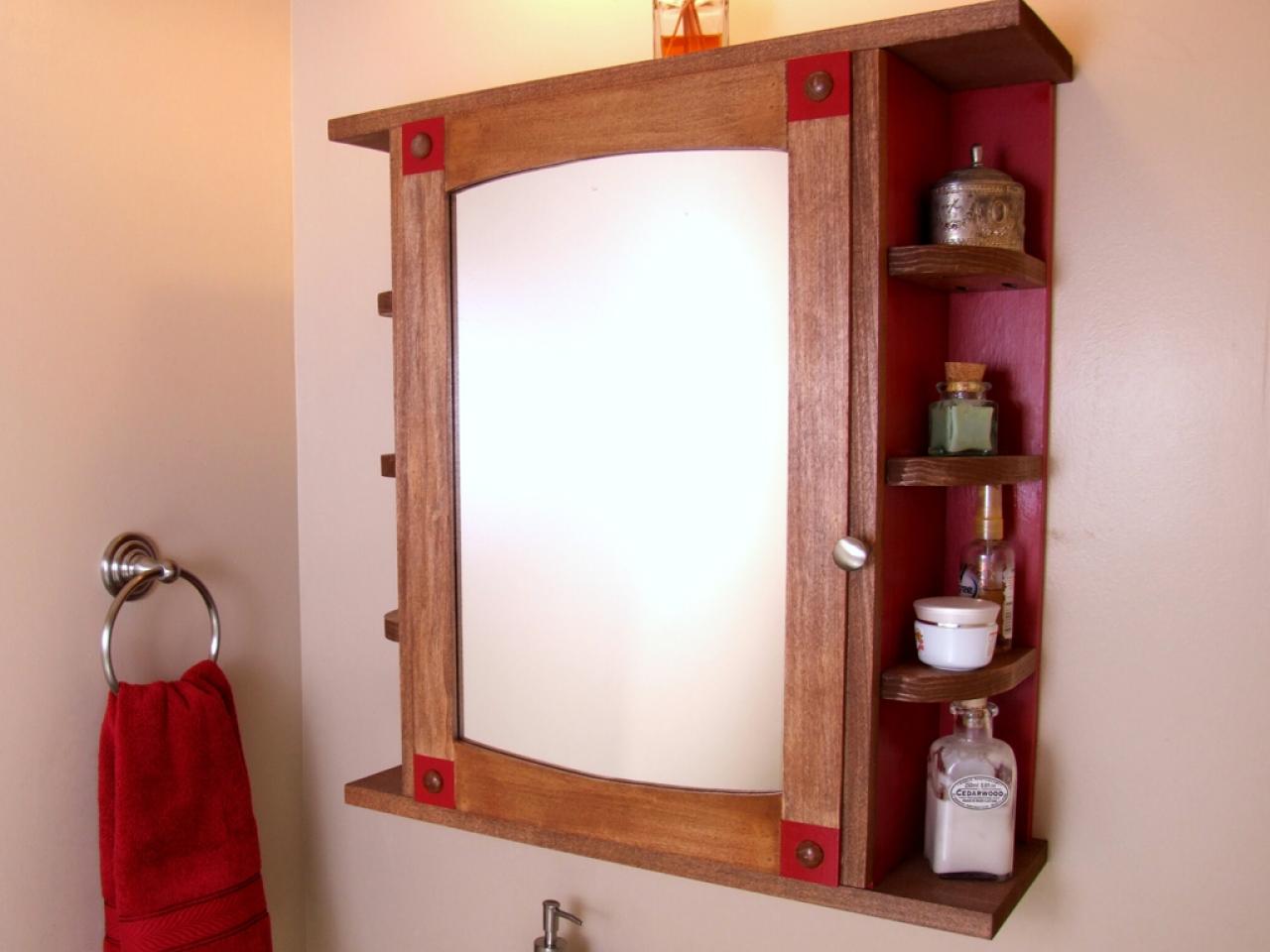
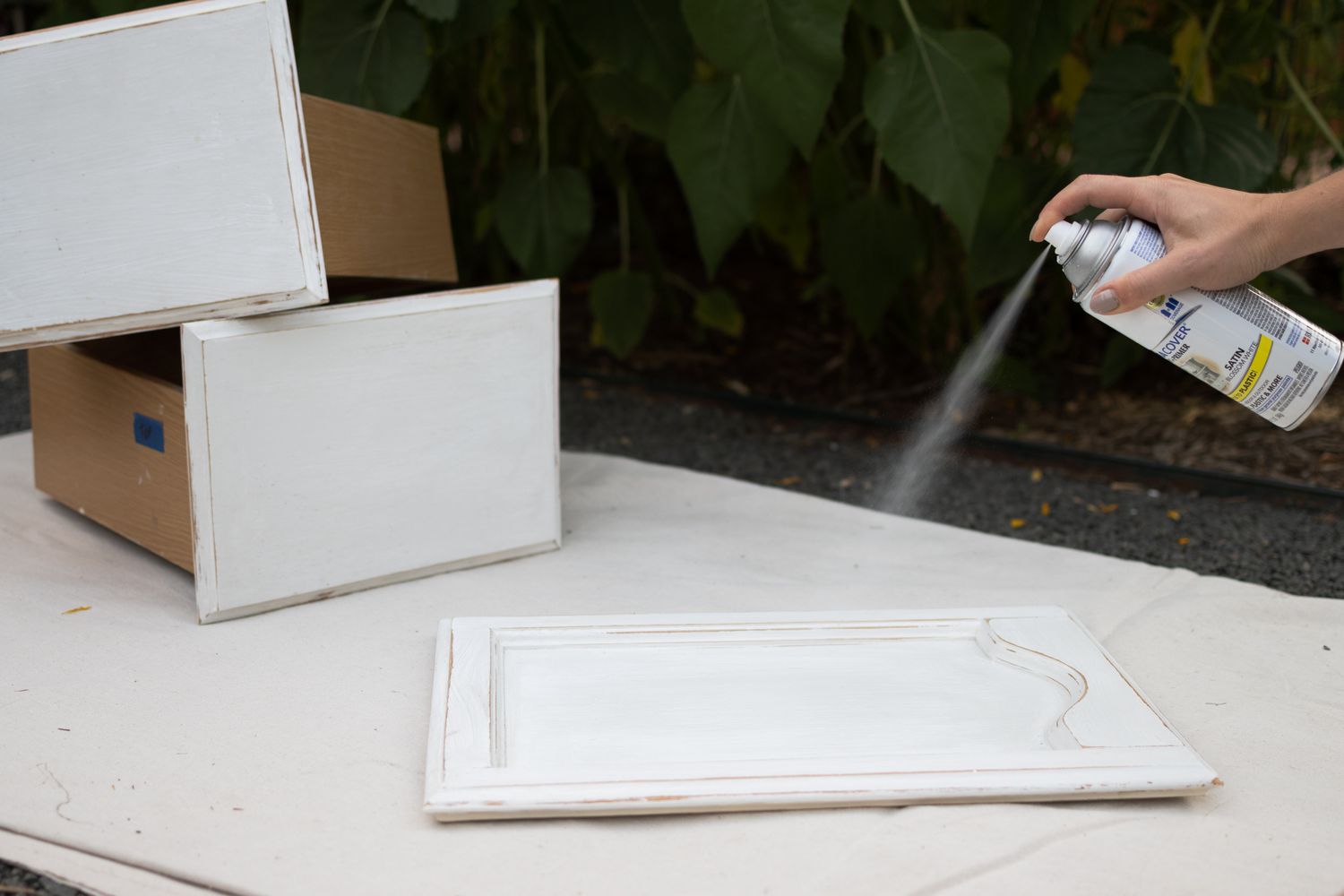
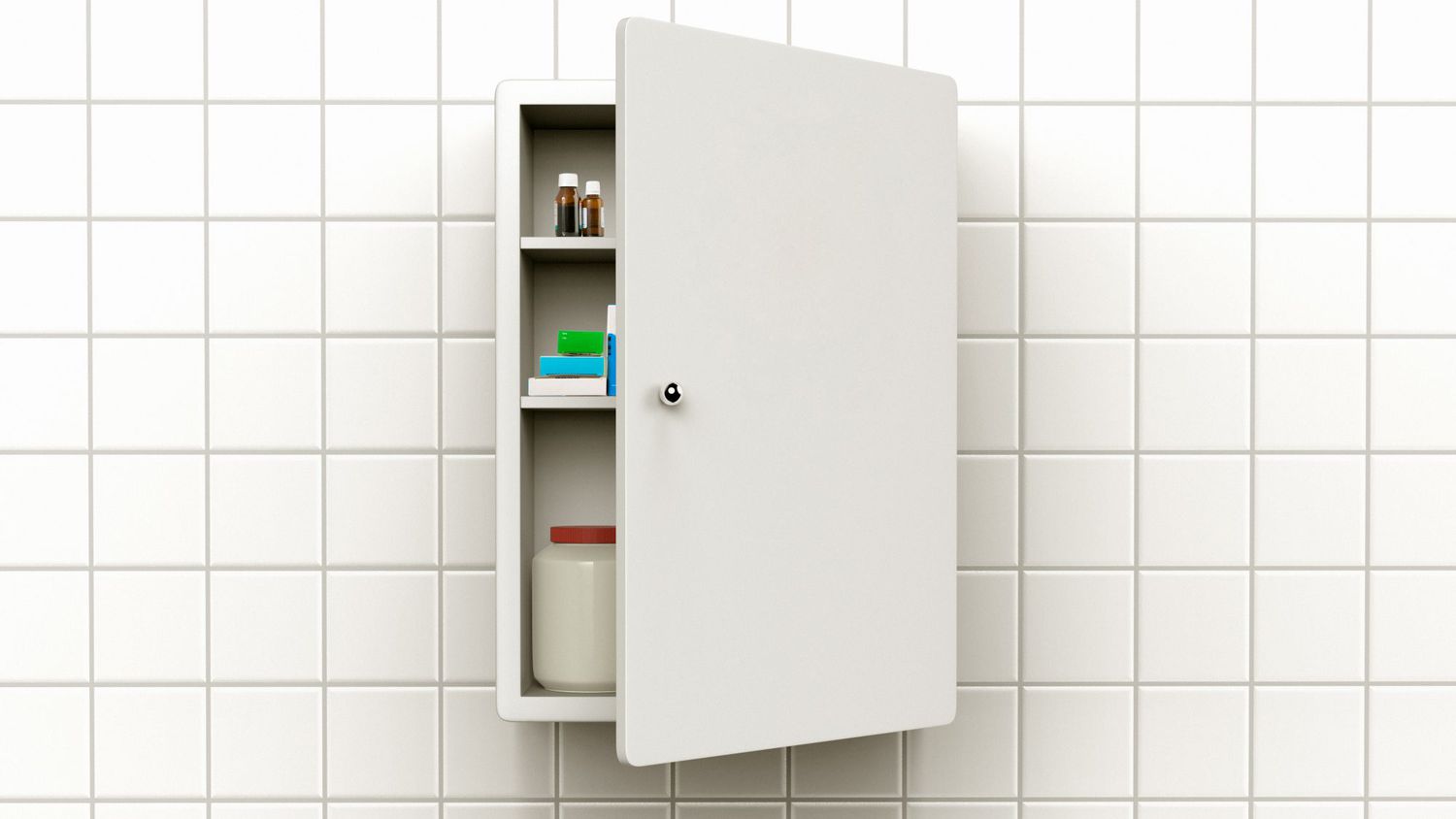
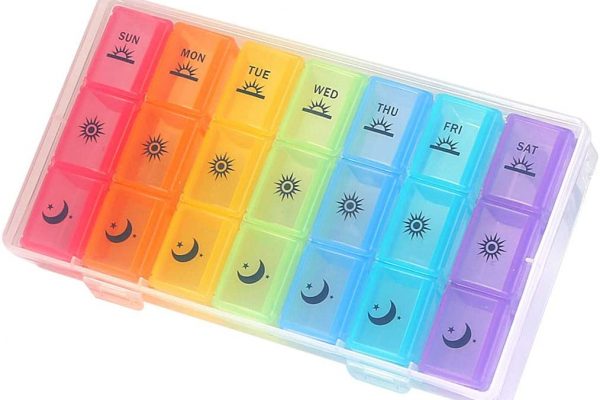
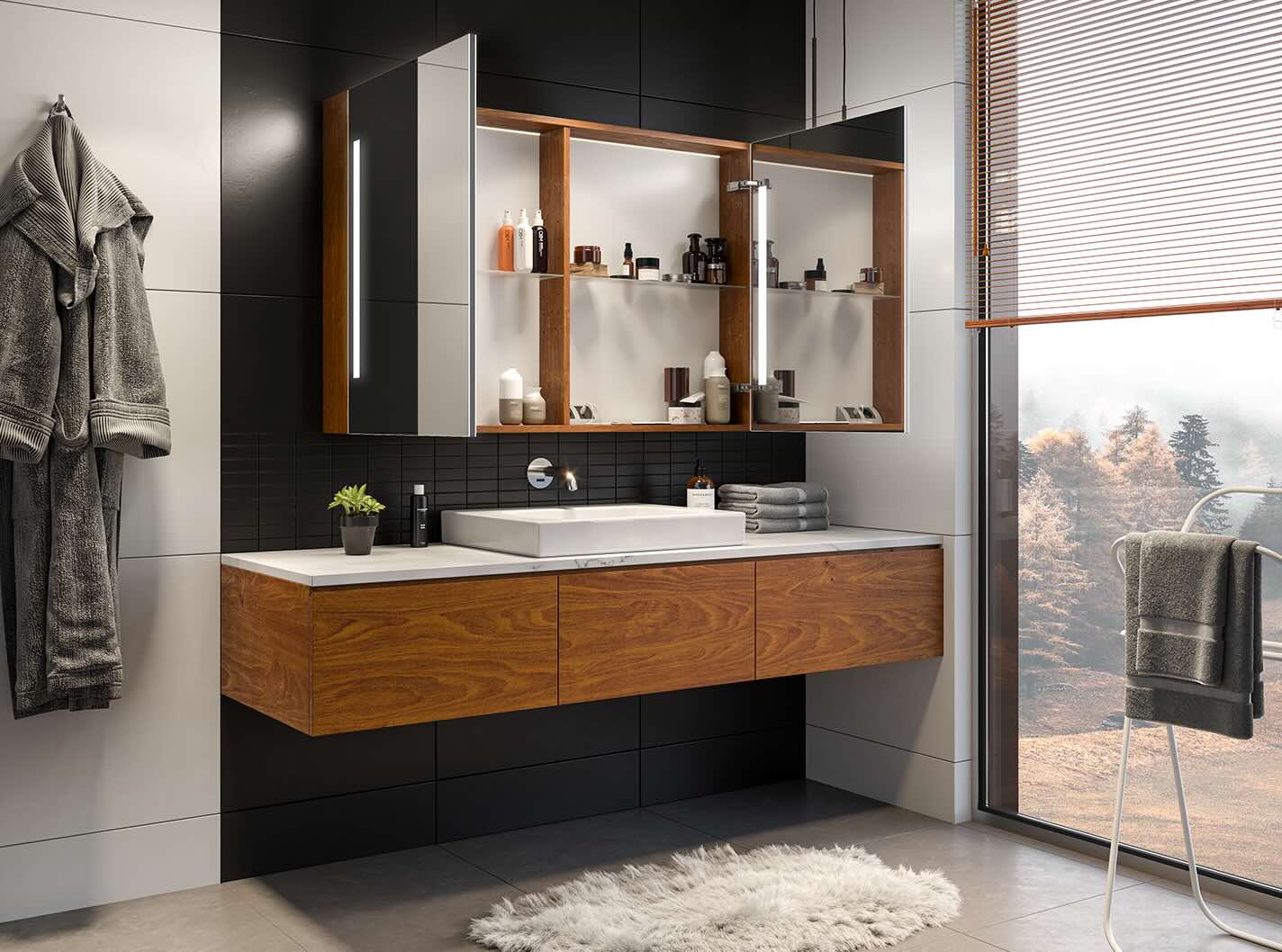
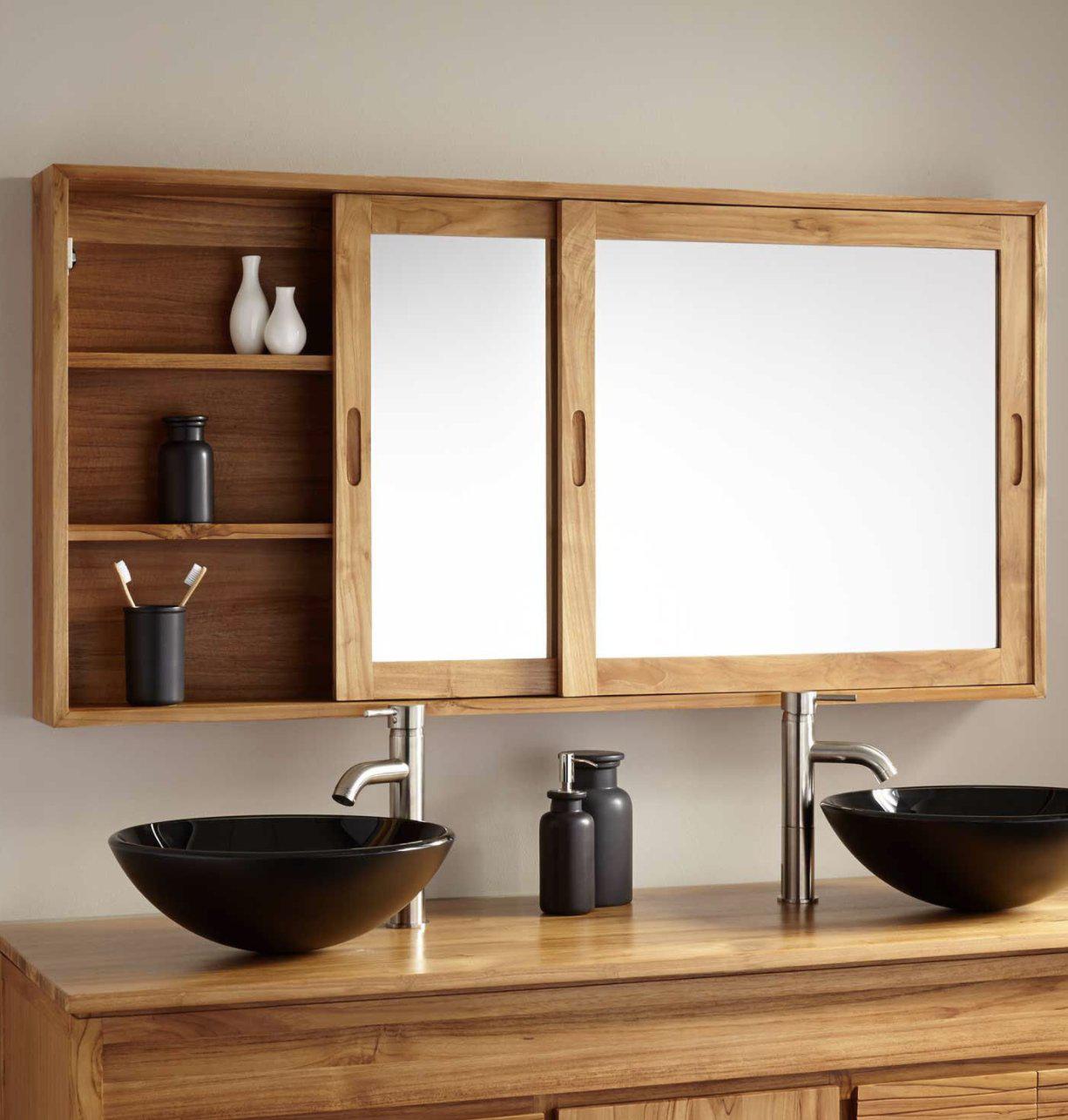
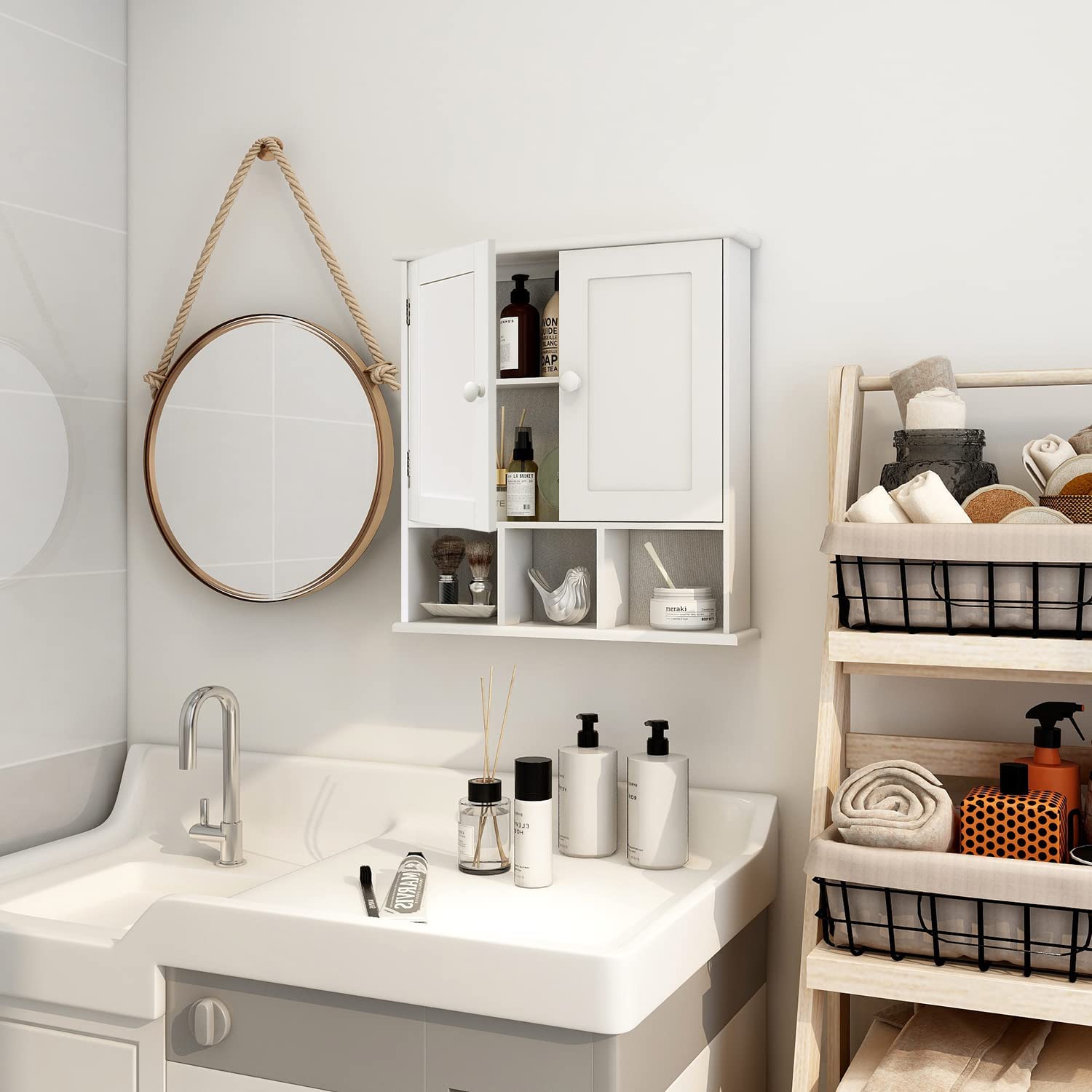
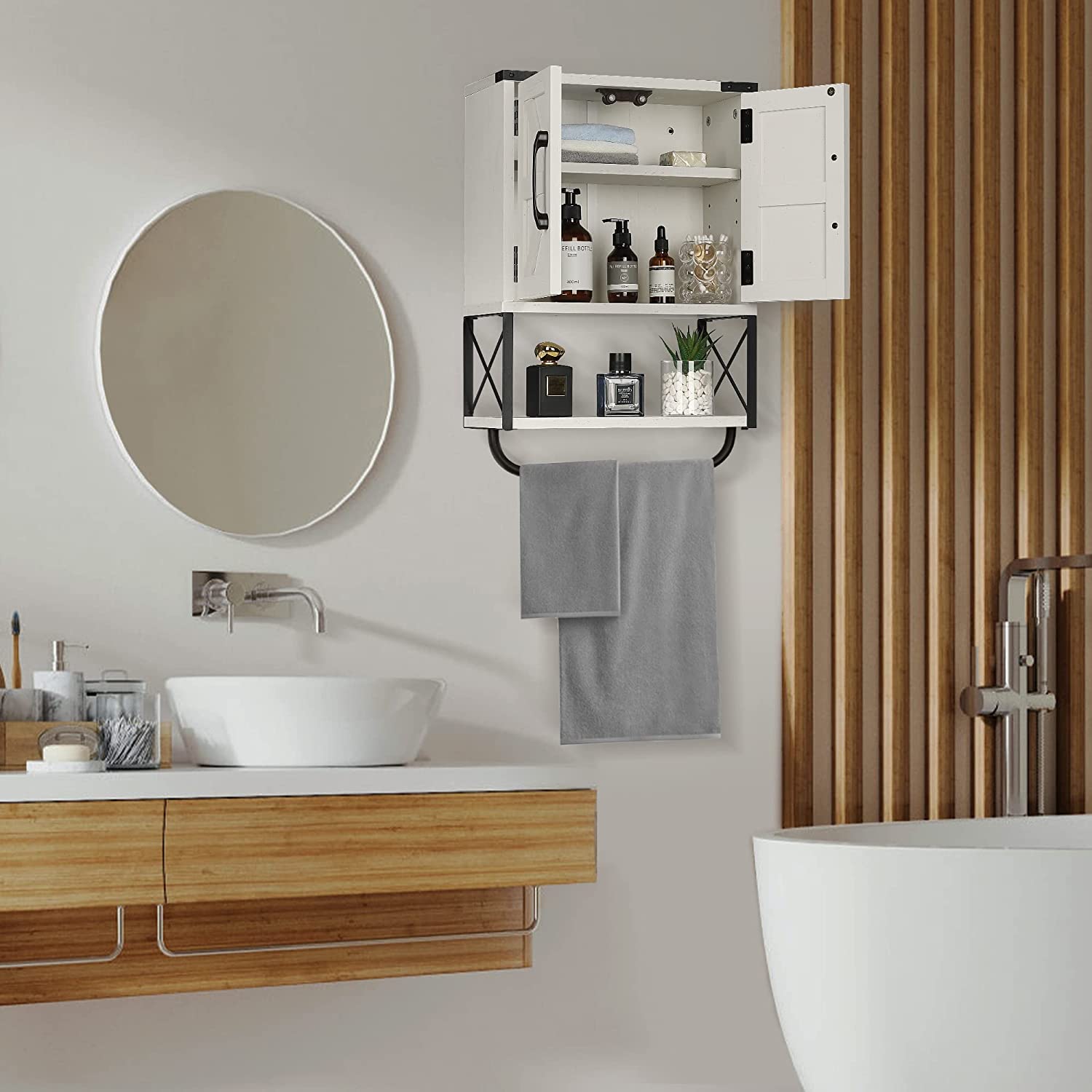



0 thoughts on “How To Organize Your Medicine Cabinet”